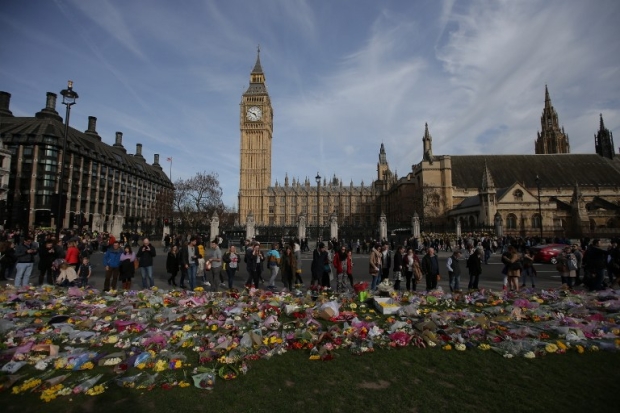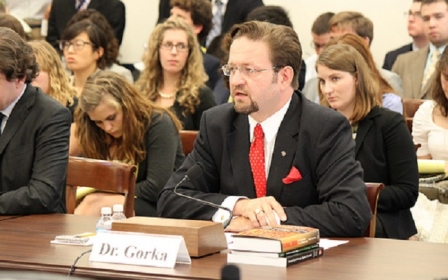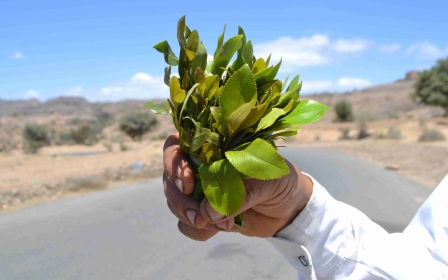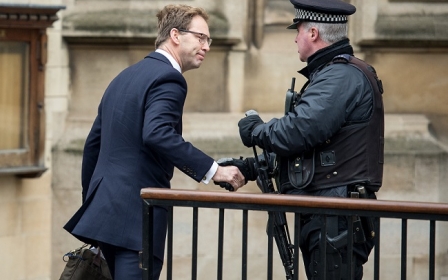How the 'War on Drugs' sabotages the 'War on Terror'
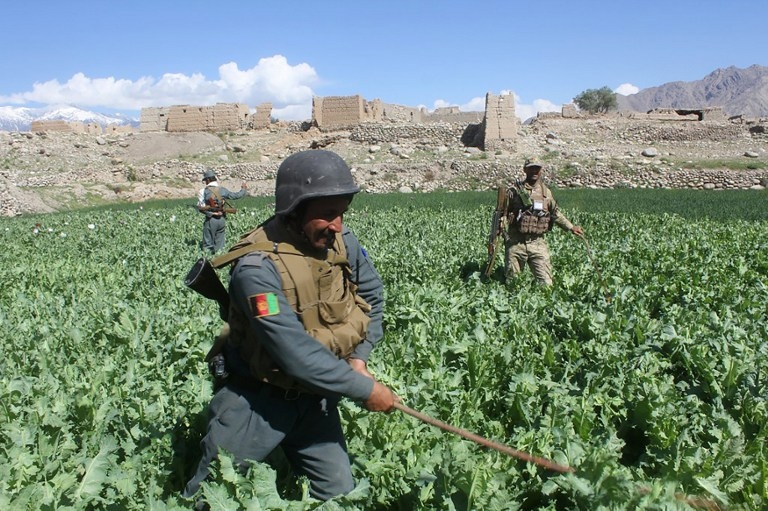
The individuals who have carried out unspeakable acts of random violence against innocent civilians in the West – from Orlando to Paris to Nice to Berlin to London – under the Islamic State group (IS) banner of global jihad have much in common.
Their respective biographies are now so similar and familiar that one could predictably write a biographical account of the perpetrator of the next attack - the one that hasn’t happened yet.
Upon learning that the London attacker, Khalid Masood, a convert to Islam, had a definable history of anti-social behaviour, drug abuse, and criminality, French political scientist Olivier Roy dubbed him just another deranged martyr in what he calls the “loser jihad” - with Masood taking his place alongside contemporary losers who carried out the recent attacks in Paris, Orlando, Nice and Berlin.
A research paper produced by the Center for Terrorism and Counterterrorism in The Netherlands referred to European jihadists as “menacing loners” observing the shift from ideologically motivated violence to “performance violence”.
The report found that 57 percent of jihadist terrorists had been incarcerated prior to their radicalisation, while at least 27 percent of those who spent time in prison were radicalised during that time. Similarly, German Federal Police stated that 67 percent of its citizens who have travelled to fight in Iraq or Syria had police records prior to traveling.
While much has been made of the ties between criminality, incarceration and radicalisation, less attention has focused on what is a growing intersection between the narcotics trade and terrorist violence.
Jihad fuelled by drugs, not Islam
It’s no secret that drug abuse is especially rife in economically marginalised communities, the very kind that have been described by terrorism academics as “hotbeds of extremism”, the very kind that produces the lion's share of European foreign terrorist fighters. Therefore, the fact that nearly all of those who have carried out IS-inspired or directed attacks in the West during the past couple of years had a documented history of drug abuse – like Salah Abdeslam, Cherif Kouachi, and Amedy Coulibaly - should surprise few.
What might surprise you, however, is the fact more and more terrorist groups, including those who use the guise of Islam to justify their violent fantasies, are not only fueling their activities with revenues from the drug trade, but are also providing their foot soldiers, in some instances, with the intoxicating high that comes from dangerous narcotics.
I use the word “intoxicating” for intentional purposes because the Quran is extremely explicit in its condemnation of any substance that intoxicates. See Quran verse 5:91 for further details. But al-Qaeda, IS, Hezbollah, Hamas and the Taliban, among others, are moving both closer and deeper into the drug trade.
The US Drug Enforcement Administration (DEA) reports that the number of foreign terrorist organisations involved in the global drug trade jumped from 14 groups in 2003 to 18 in 2008.
“The nexus between drugs and terror is growing at light speed,” said Michael Braun, a former chief of operations at the DEA, in a speech. “This is not a new trend - there have been numerous links identified between drugs and terror over the last 25 years.” Braun said the DEA believes that up to 60 percent of terror organisations are connected with the illegal drug trade.
The obvious: the Taliban
The Taliban is now a fully-fledged drug cartel. In the year prior to the US invasion of Afghanistan, the country’s total opium production was harvested from 82,000 hectares. Last year, it surpassed 200,000 hectares. “Opium production in Afghanistan rose by 43 per cent to 4,800 metric tons in 2016 compared with 2015 levels,” states the Afghan Ministry of Counter Narcotics.
What about al-Qaeda?
Well, to begin with, the 2004 Madrid train bombing operation was funded almost entirely by the sale of narcotics. The cell that carried out the attack was heavily involved in the drug trade, and these operatives used the proceeds from drugs to procure explosives, rent cars, buy phones, and pay for safe houses. In fact, investigators found no evidence that the attackers received outside funding.
“One of the masterminds of the Madrid bombings was Jamal Ahmidan, a major drug dealer who ran a far-reaching narcotics ring that sold hashish and ecstasy throughout Western Europe in the 1990s,” note the observers of a US congressional research paper into the nexus between international terrorism and transnational crime. Interestingly, Ahmidan became radicalised while serving a three-year term in a Moroccan prison.
More recently, al-Qaeda affiliates are now in business with South American cocaine cartels. According to some estimates, up to 40 metric tons of cocaine is transported from South America to West Africa, which in turn is smuggled into Europe. Al-Qaeda now controls many of these cocaine smuggling routes. “To maintain these groups you need millions of dollars, and the money has to come from somewhere,” Pierre Lapaque, regional representative for West Africa of the United Nations Office on Drugs and Crime, told IBTimes.
IS, too?
Not only is the self-proclaimed Islamic State also getting in on the Africa-to-Europe cocaine smuggling business, it also is generating more than $1bn of revenue trafficking the Taliban’s heroin in territory under its control, according to the Russian Federal Drug Control Service.
Former British soldiers who have fought alongside Iraqi Kurds against IS have described IS fighters as “heavily involved in drugs,” while captured and former IS fighters have described how they take the amphetamine Captagon before going into battle because it “masks feelings of pain, fear, and hunger” and dulls human emotions, which kind of throws water on the notion these guys draw their “courage” from divine inspiration. It is also claimed the Paris attackers were loaded on the drug the night they slaughtered 130 people.
The authors of the earlier mentioned “crime-terror nexus” report corroborate Roy’s assertion, finding that, "The profiles and pathways in our database suggest that the jihadist narrative – as articulated by the Islamic State – is surprisingly well-aligned with the personal needs and desires of criminals, and that it can be used to curtail as well as license the continued involvement in crime.”
Ultimately, all of this only further confirms the self-defeating nature of the war on drugs. One doesn’t need an advanced degree in economics to understand how the principle of supply-demand dictates market forces. The criminalisation of drugs restricts supply, resulting in increased demand, profits and incentives for criminal syndicates.
In other words, the self-defeating war on drugs is sabotaging the war on terror.
- CJ Werleman is the author of Crucifying America, God Hates You. Hate Him Back, Koran Curious, and is the host of Foreign Object. Follow him on twitter: @cjwerleman
The views expressed in this article belong to the author and do not necessarily reflect the editorial policy of Middle East Eye.
Photo: In this photograph taken on 7 April 2017, Afghan security personnel destroy an illegal poppy crop in Laghman province. Over the last 15 years, the US government has spent billions of dollars on a war to eliminate drugs from Afghanistan, but the country still remains the world's top opium producer. Opium production is a major source of income for the Taliban insurgents (AFP)
New MEE newsletter: Jerusalem Dispatch
Sign up to get the latest insights and analysis on Israel-Palestine, alongside Turkey Unpacked and other MEE newsletters
Middle East Eye delivers independent and unrivalled coverage and analysis of the Middle East, North Africa and beyond. To learn more about republishing this content and the associated fees, please fill out this form. More about MEE can be found here.



